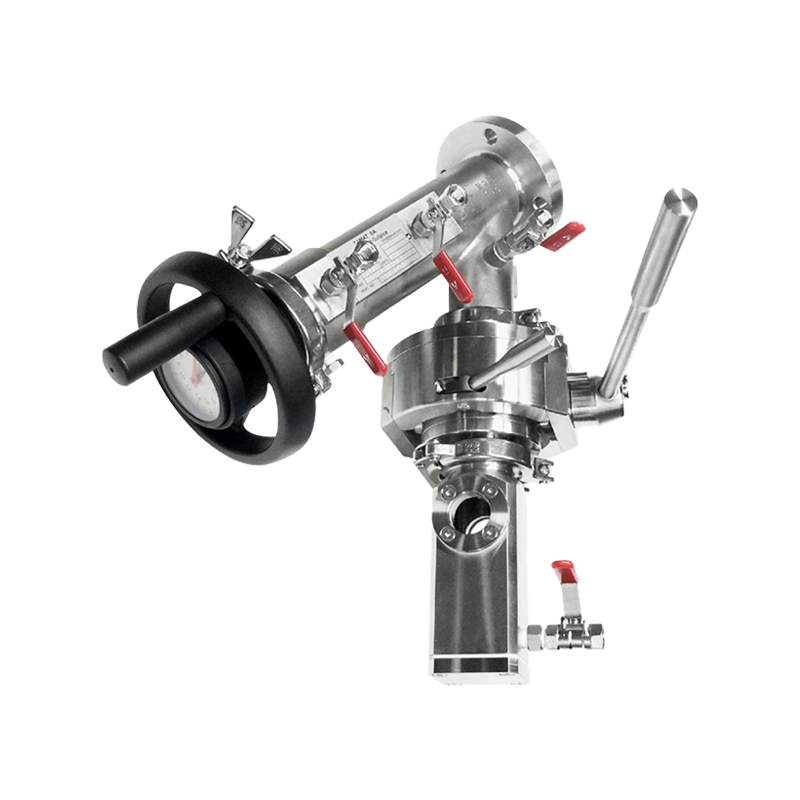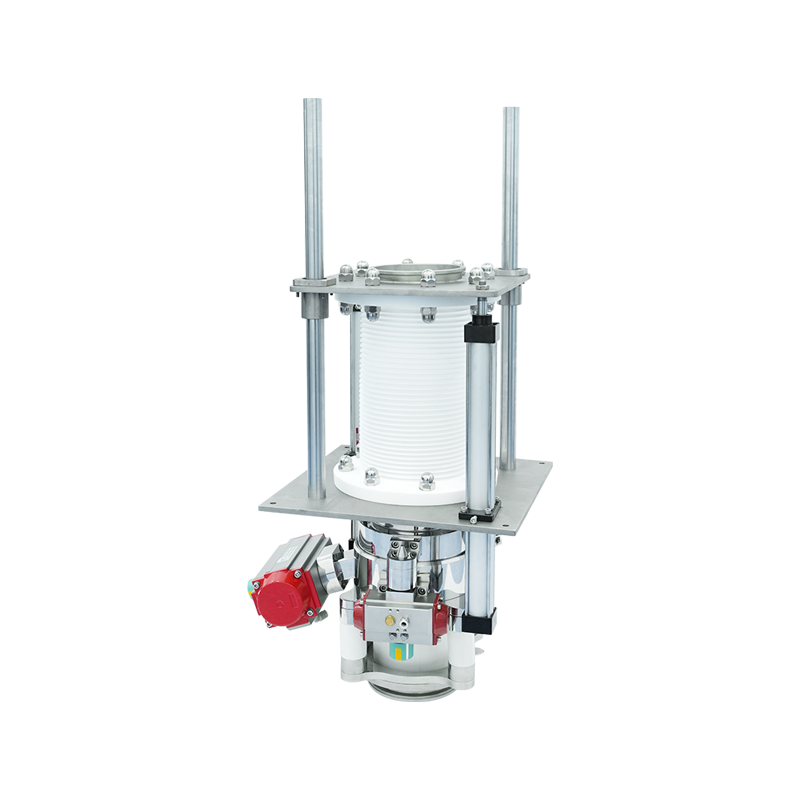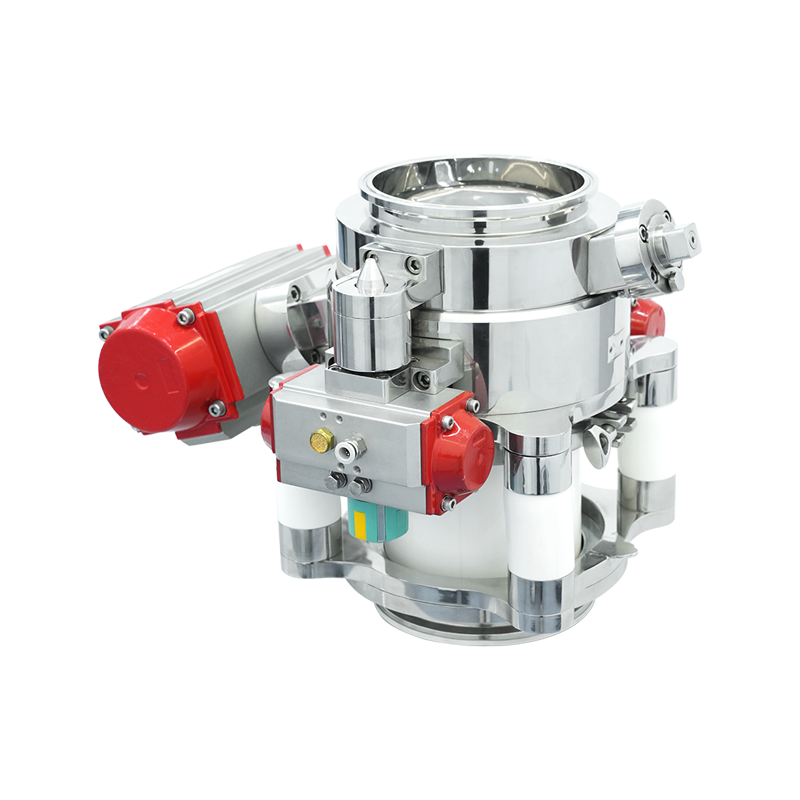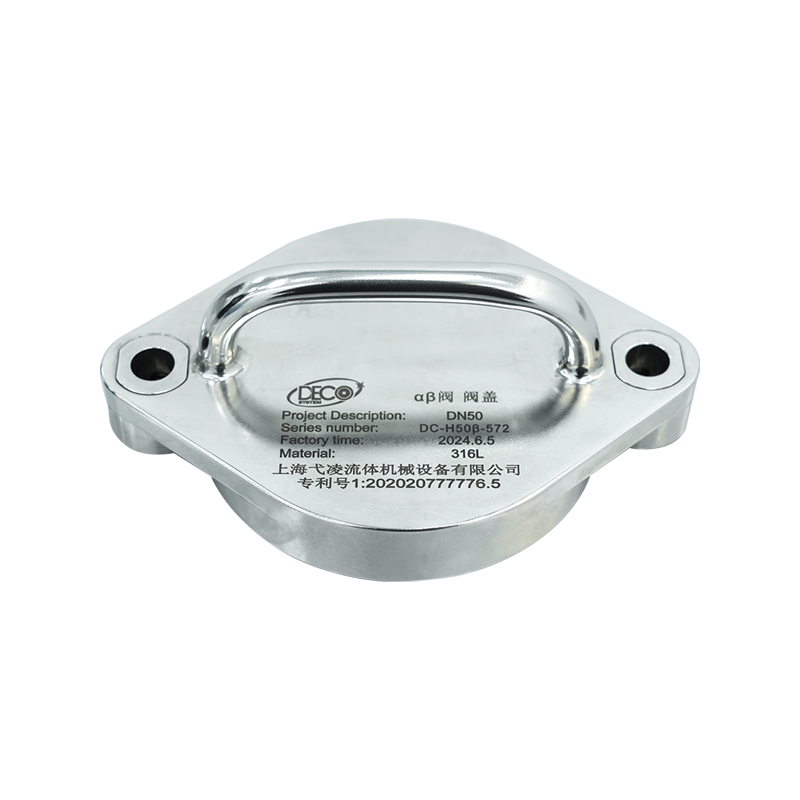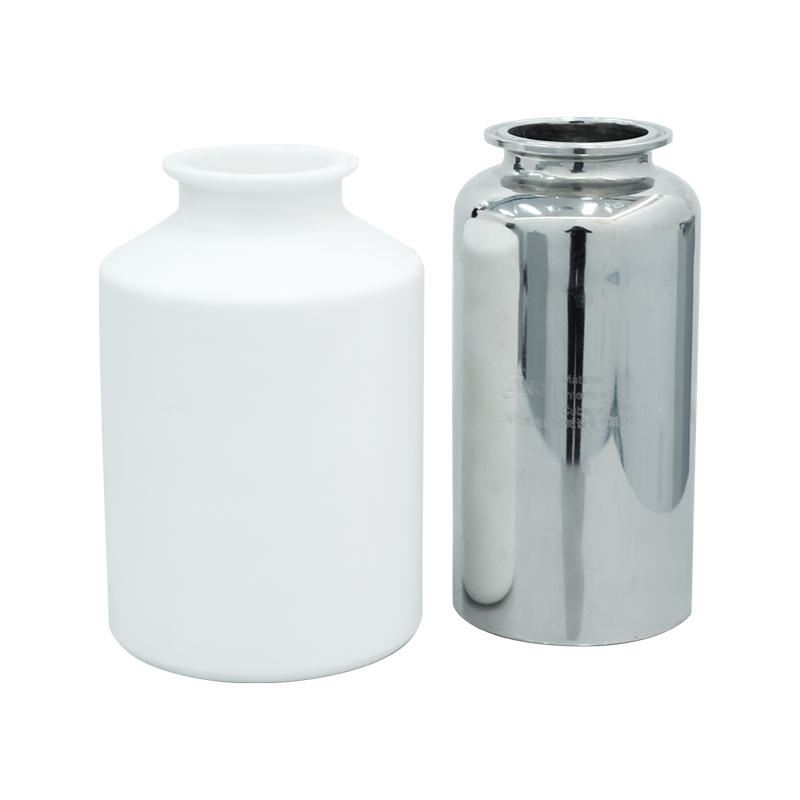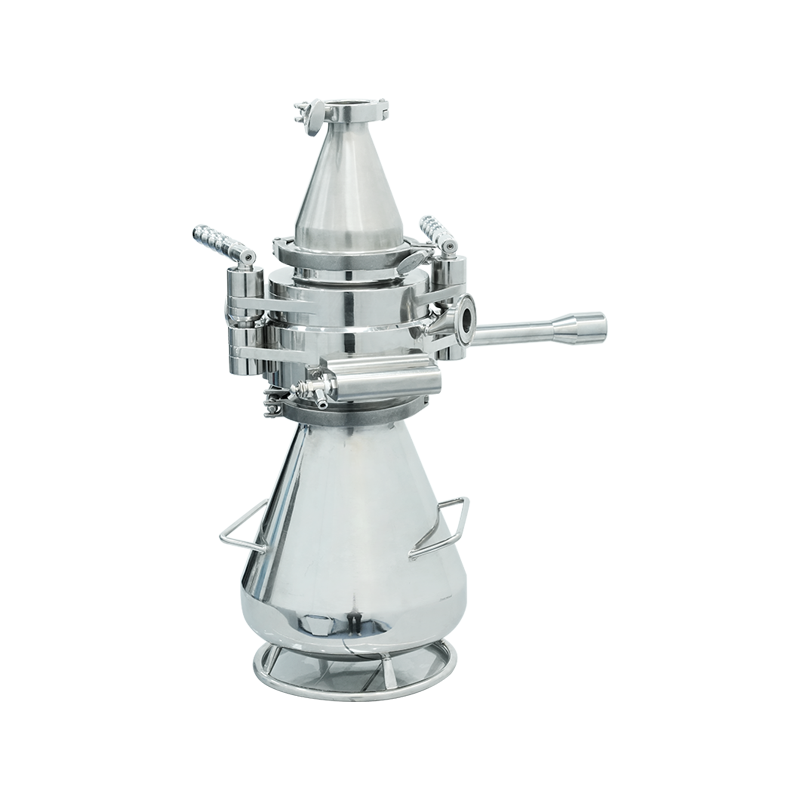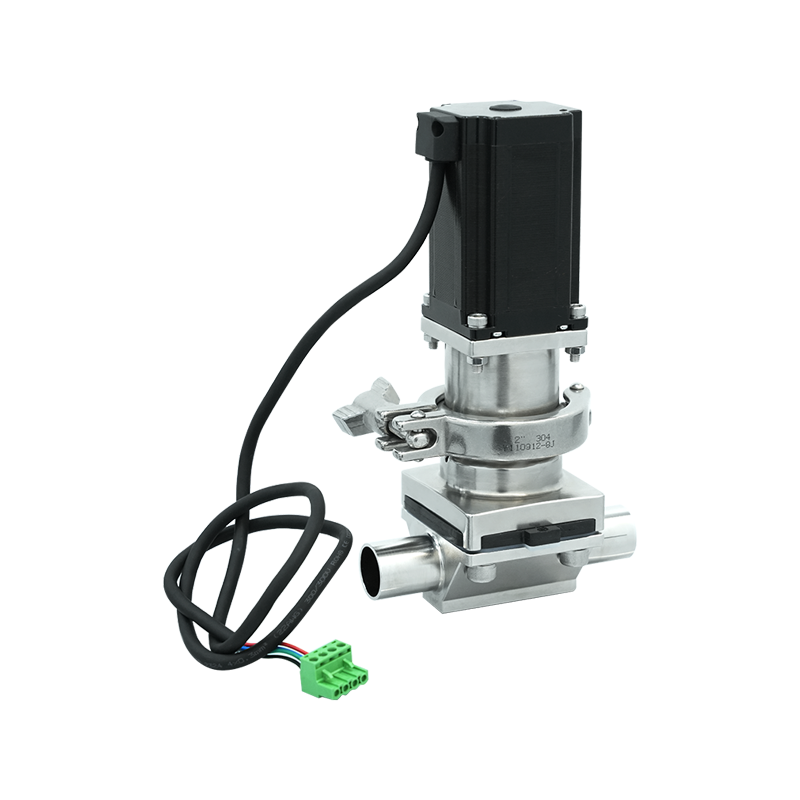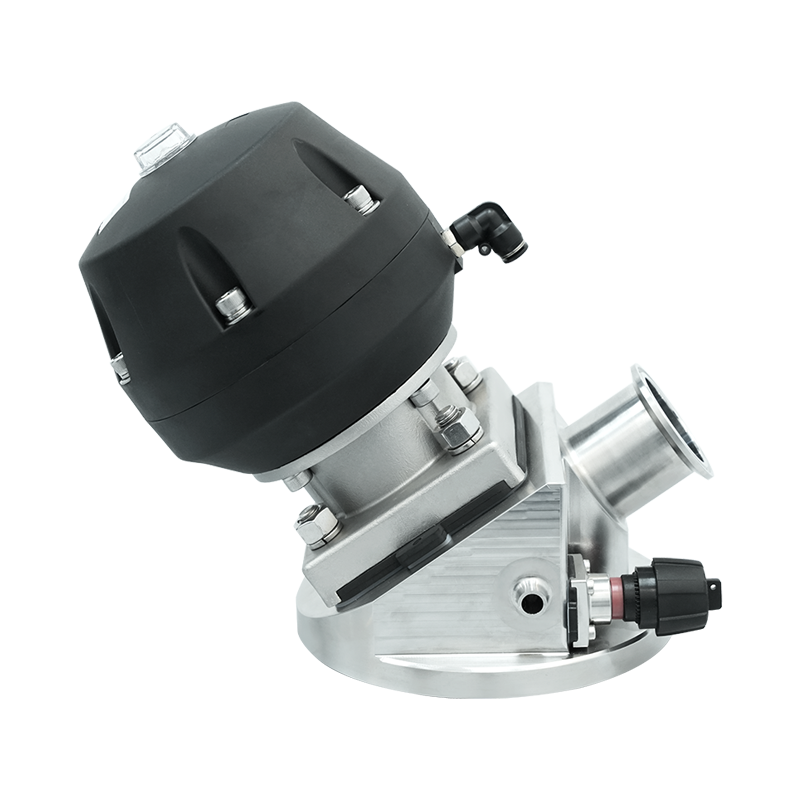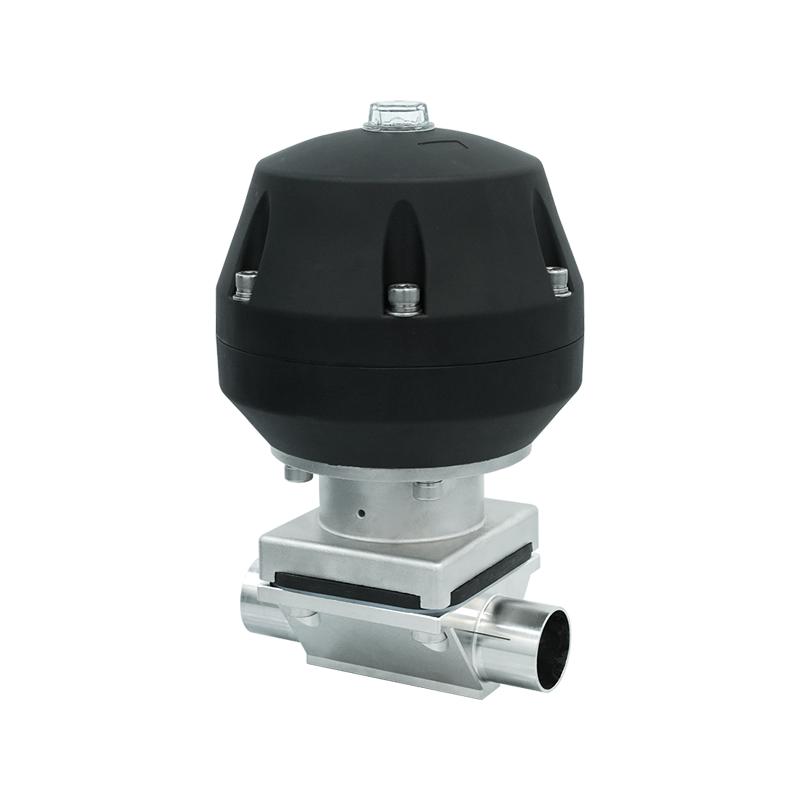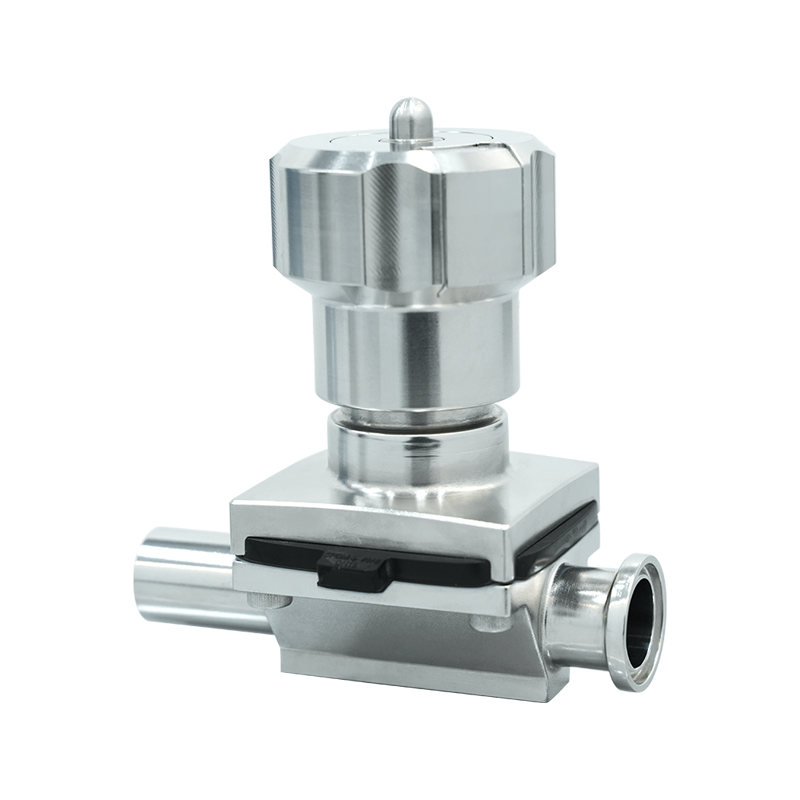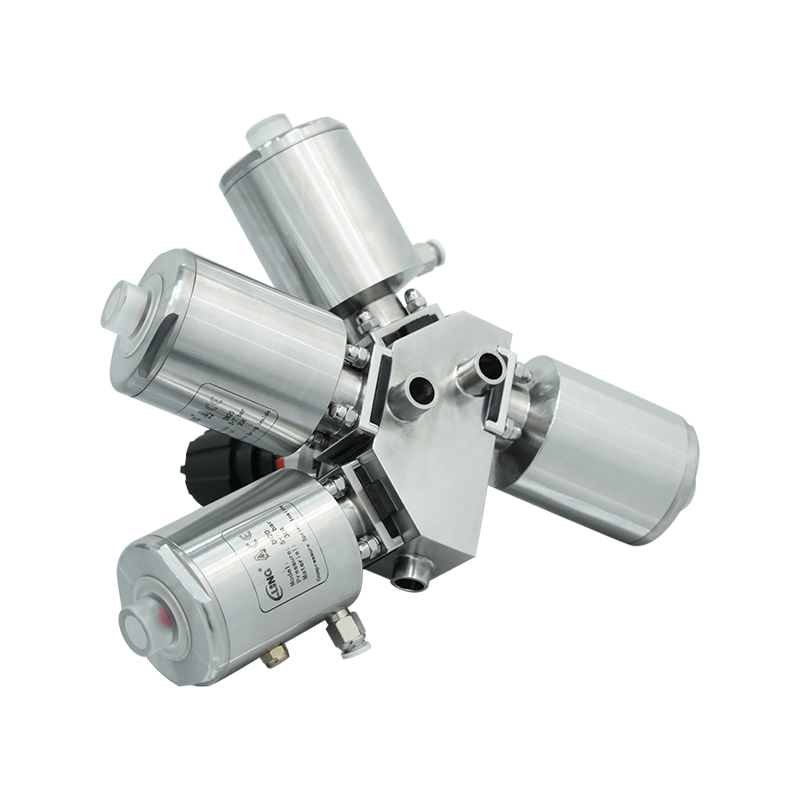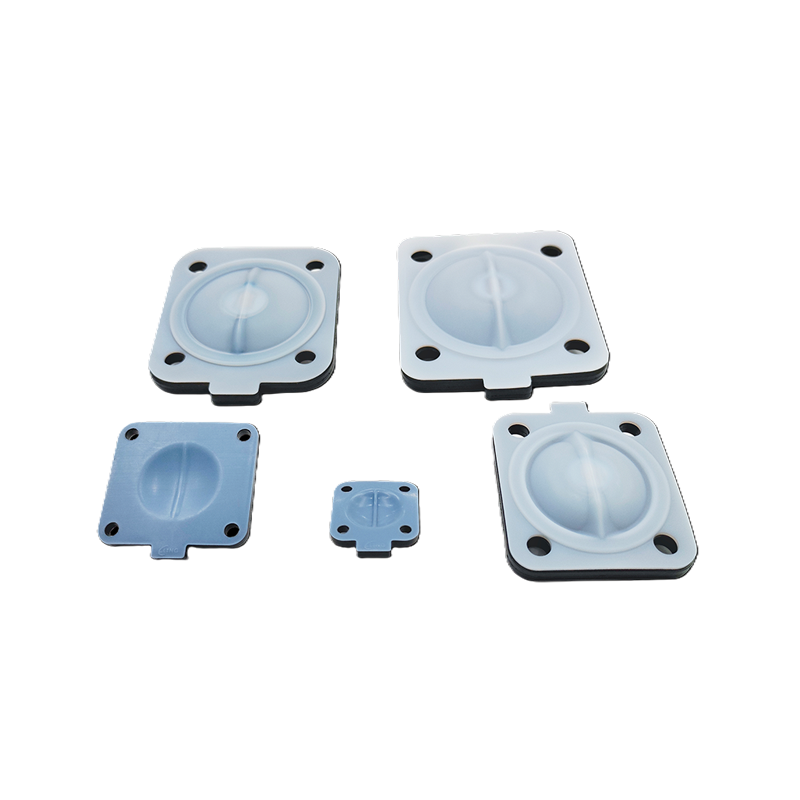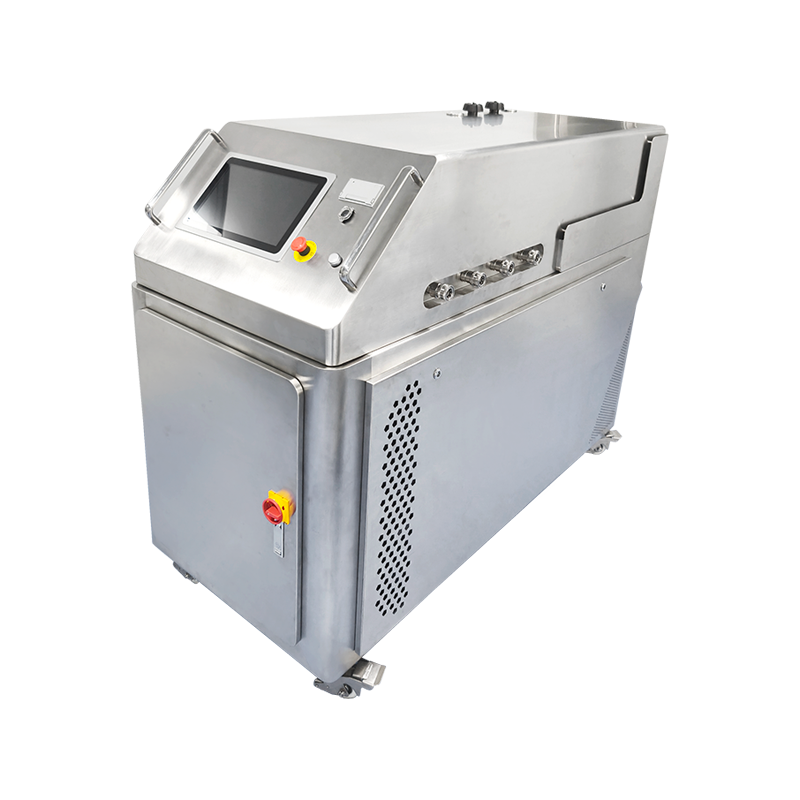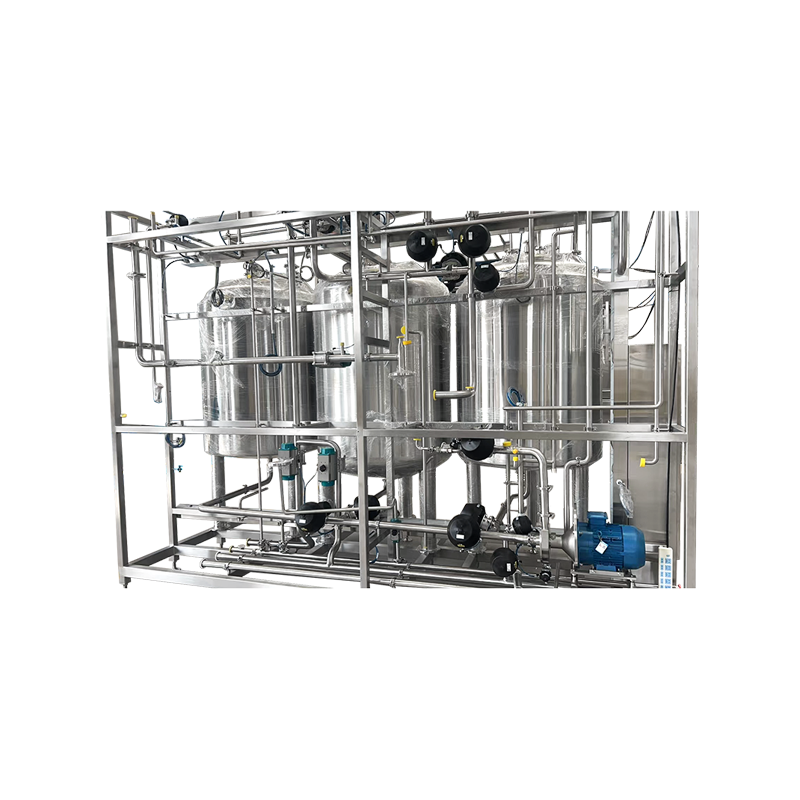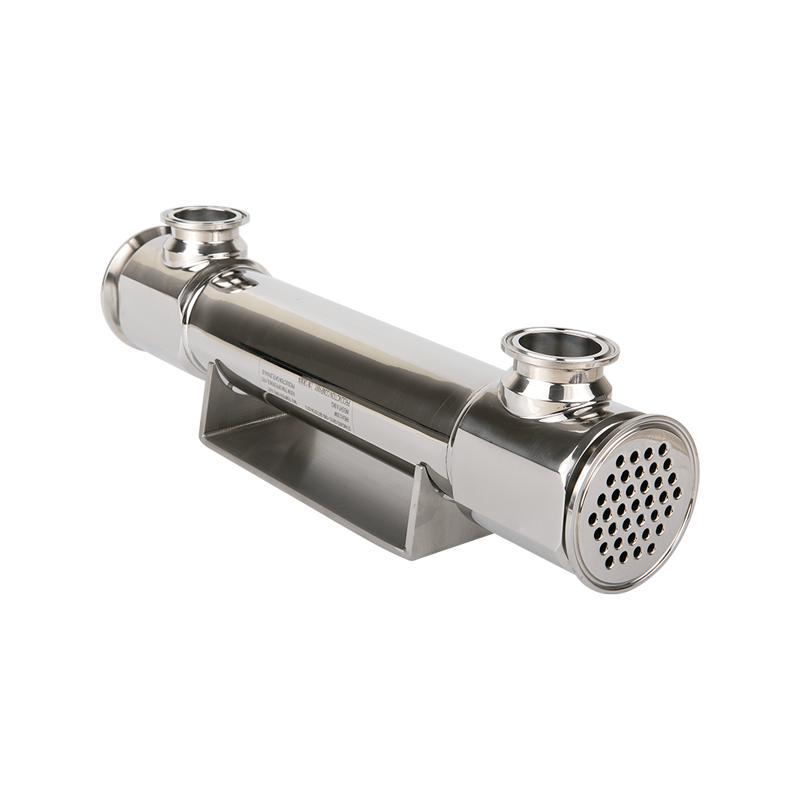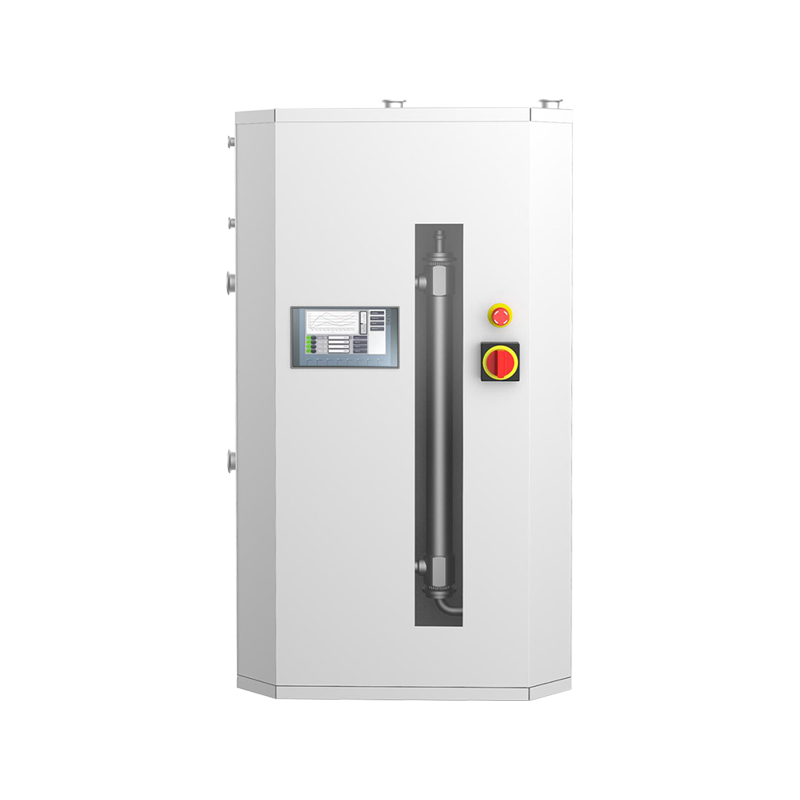In the pharmaceutical industry, the process has extremely high requirements for cleanliness, sterility and controllability, so the selection of suitable valves is crucial to ensure drug quality and production safety. Pharmaceutical Diaphragm Valve is widely used in aseptic and high-purity fields due to its simple structure, reliable sealing and easy cleaning. To correctly select and use this type of valve, multiple factors need to be considered comprehensively.
1. Understand process requirements
Before selecting a valve, you first need to clarify its application scenario. For example: for raw material transmission, cleaning system (CIP/SIP), reactor discharge or aseptic filling? Different applications have different requirements for valve materials, connection methods and control methods. For example: high temperature sterilization occasions require high temperature resistant and corrosion resistant materials, while filling occasions pay more attention to precise control and aseptic design.
2. Focus on material selection
Pharmaceutical Diaphragm Valve usually consists of two parts: valve body and diaphragm. The common material of the valve body is 316L stainless steel, which has good corrosion resistance and mechanical strength. For diaphragms in contact with the medium, PTFE (polytetrafluoroethylene), EPDM (ethylene propylene rubber) or their composite materials are often used. PTFE has excellent chemical resistance and high temperature resistance, while EPDM is more suitable for occasions with high elasticity and high sealing requirements. Users should make reasonable choices based on the actual medium composition and temperature conditions.
3. Selection should take into account verification and certification
Under GMP (Good Manufacturing Practice for Pharmaceuticals) and FDA, USP and other regulatory standards, diaphragm valves must have relevant verification documents, such as materials that meet USP Class VI standards, FDA certification, traceability documents, etc. In addition, the valve should support CIP (cleaning in place) and SIP (sterilization in place) operations to ensure the cleanliness and sterilization efficiency of the pipeline system.
4. Pay attention to valve structure and installation method
The diaphragm valves commonly used in the pharmaceutical industry have a variety of structures such as straight-through, T-type, U-type, and block valves. T-type and block structures facilitate system integration and reduce dead angles, and are particularly suitable for sterile environments. The connection method can be welding, clamp or flange. The clamp connection is convenient for disassembly and assembly but must ensure sealing. The welding connection is more suitable for high-clean continuous systems.
5. Reasonable use and regular maintenance
After selection, correct use is also crucial. Frequent overpressure switching should be avoided to prevent diaphragm fatigue failure. During use, the aging and wear of the diaphragm should be checked regularly and replaced according to the manufacturer's recommended cycle. During the CIP/SIP process, ensure that the valve is fully open to prevent cleaning dead corners and sterilization blind spots.
Pharmaceutical Diaphragm Valve is a key component in the pharmaceutical process. Correct selection and use are not only related to the quality of drugs, but also directly affect equipment verification and regulatory compliance. By comprehensively considering process requirements, material properties, certification standards and post-maintenance, companies can build a safer, more efficient and GMP-compliant production system.






